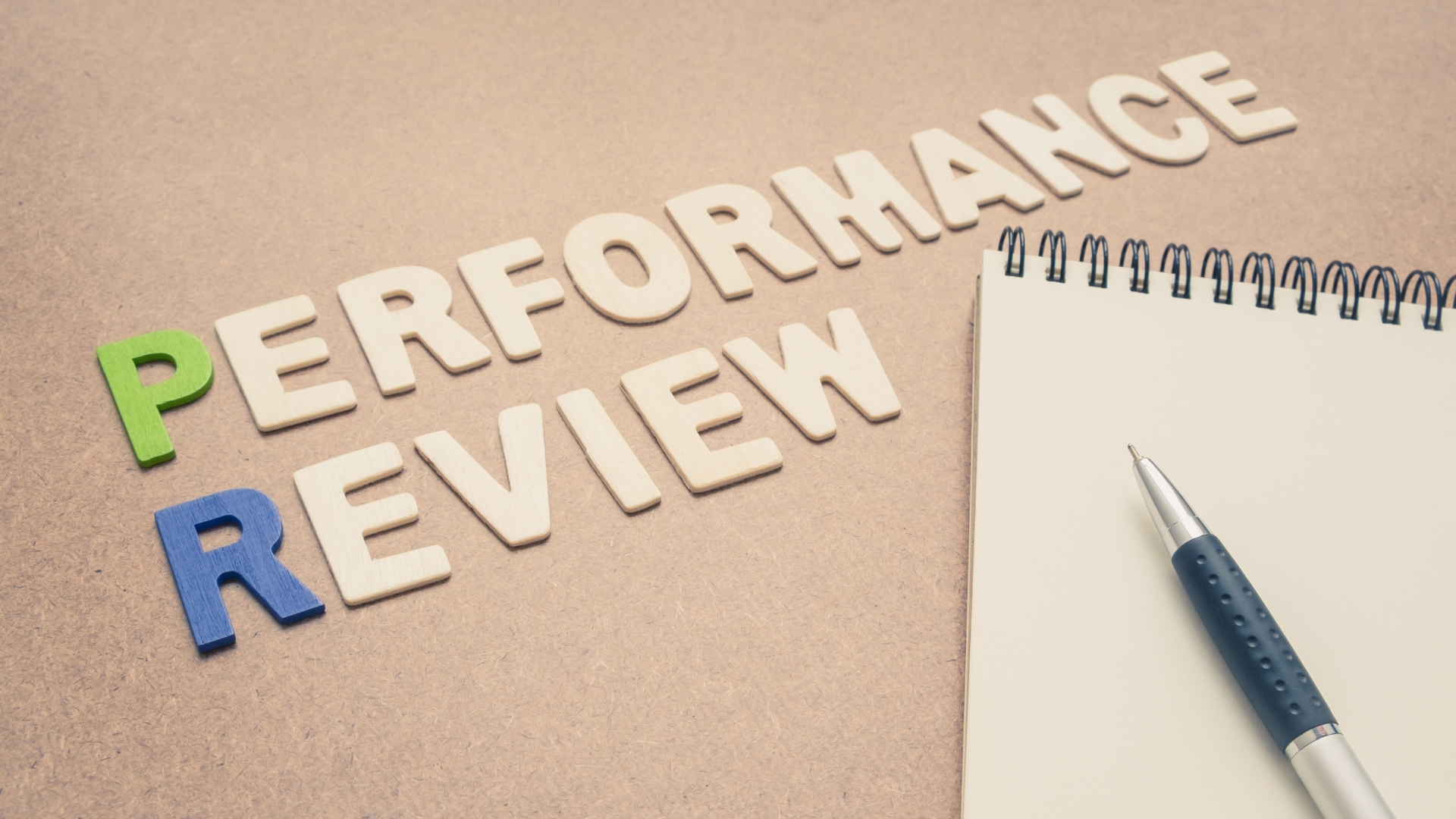Ah, performance reviews—the ritual that employees and employers alike often dread. It’s not just about scribbling down feedback on a piece of paper anymore. In this rapidly evolving work environment, maybe it’s time we rethink the good ol’ performance review process. This article aims to shed light on why you might want to consider a revamp and offers some strategies to make it effective and, dare we say, enjoyable!
1. Why The Traditional Model is Failing Us
Let’s be honest, no one looks forward to annual performance reviews. They are stressful, time-consuming, and often disconnected from everyday work. Not to mention, they can be biased and fail to represent a comprehensive view of an employee’s contributions.
In many cases, the traditional performance review model emphasizes what an employee did wrong, instead of focusing on future development. This approach can create a culture of fear rather than a culture of continuous improvement.
2. The Shift Towards Continuous Feedback
So, what’s the alternative? Well, many organizations are switching to a model of continuous feedback. Gone are the days when feedback was a one-time, annual event. Instead, frequent check-ins can provide real-time insights and foster a more agile work environment.
Creating a continuous feedback loop not only improves the accuracy of performance assessments but also enhances employee engagement. This approach makes feedback less of a dreaded ritual and more of a normal part of the workday.
3. Objective Setting: SMART Goals
Sure, setting goals is elementary, but are you using the SMART framework? Goals should be Specific, Measurable, Achievable, Relevant, and Time-bound. These are crucial for setting your employees up for success.
Goals aligned with this SMART framework are easier to track, evaluate, and, ultimately, achieve. This method offers a clear-cut road map for employees, making it easier for you to assess their progress during reviews.
4. The Role of Self-Assessment
Self-assessment encourages employees to reflect on their performance and growth, which can be a crucial element in the review process. This empowers the employee to take charge of their career development, making the performance review more of a two-way dialogue.
By incorporating self-assessment into the performance review, you are allowing employees to present their side of the story, which in turn, makes them more receptive to feedback and engaged in the process.
5. Leveraging Technology
There are various software tools designed to facilitate performance reviews, from automating assessments to generating insightful analytics. These technologies can streamline the process and make it more transparent.
With these digital platforms, it’s easier than ever to track performance metrics and collect data that can provide actionable insights. This adds a layer of objectivity to the evaluation process, which is often missing in traditional models.
6. Upskilling: The Future is Now
It’s one thing to assess where your employees stand right now, but what about the future? A well-rounded performance review should also focus on upskilling opportunities for your employees.
Incorporating a section on upskilling can not only help your employees grow professionally, but it also equips your organization to meet future challenges. It’s a win-win. Your team stays updated, and your business becomes more competitive.
7. Recognize and Reward: The Power of Positive Reinforcement
Traditional performance reviews often overlook one crucial aspect—recognition. Yes, reviews should be objective and may involve pointing out areas for improvement, but they should also celebrate accomplishments.
Positive reinforcement can significantly influence employee satisfaction and retention. So, while you’re pointing out areas for improvement, also make sure to highlight the achievements and contributions each employee has made. The right blend of constructive feedback and genuine recognition can go a long way in motivating your team.
8. Transparency and Accountability: Make it a Two-Way Street
Your employees should know what to expect from a performance review and how you’ll use the information moving forward. This can make the process seem less like an interrogation and more like a constructive discussion.
Promote an open culture where your employees can also share their feedback about the organization, team dynamics, and even your leadership style. This two-way street approach can offer valuable insights into your company culture and work environment while promoting trust and accountability.
Conclusion
So, is it time for a revamp? Given today’s complex work environment, the old way of doing performance reviews just won’t cut it. Continuous feedback, SMART goal setting, self-assessments, leveraging technology, upskilling, recognition, and transparency are key elements for a comprehensive, beneficial, and, yes, more enjoyable performance review process. If you’re looking to make your performance reviews more effective and less of a chore, incorporating these strategies can make all the difference.




